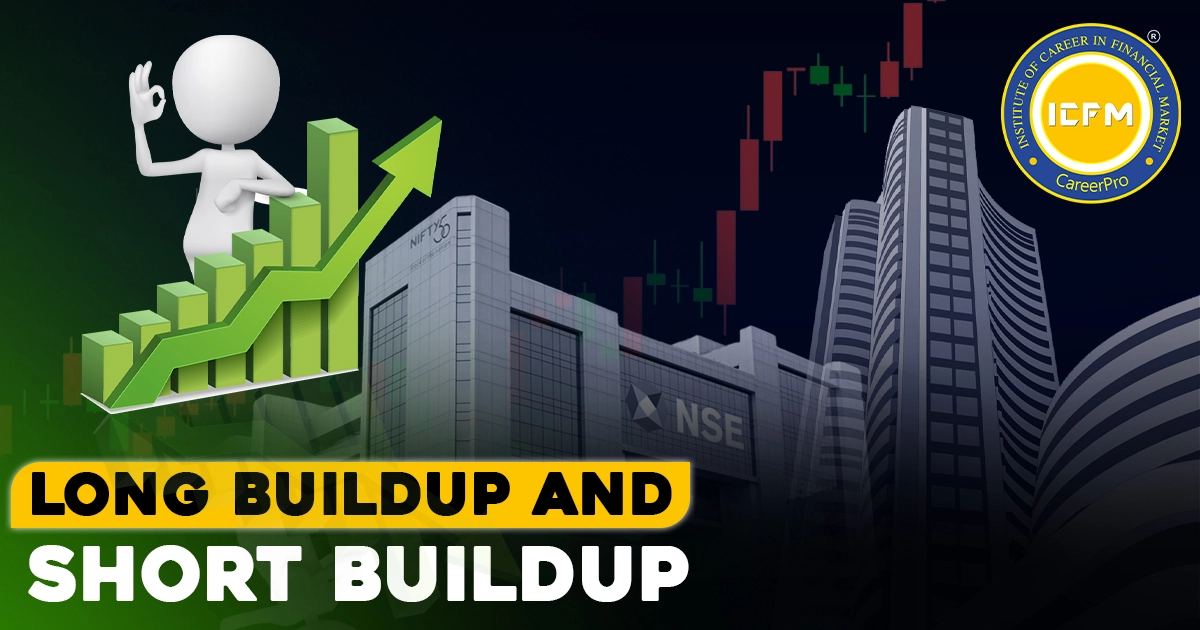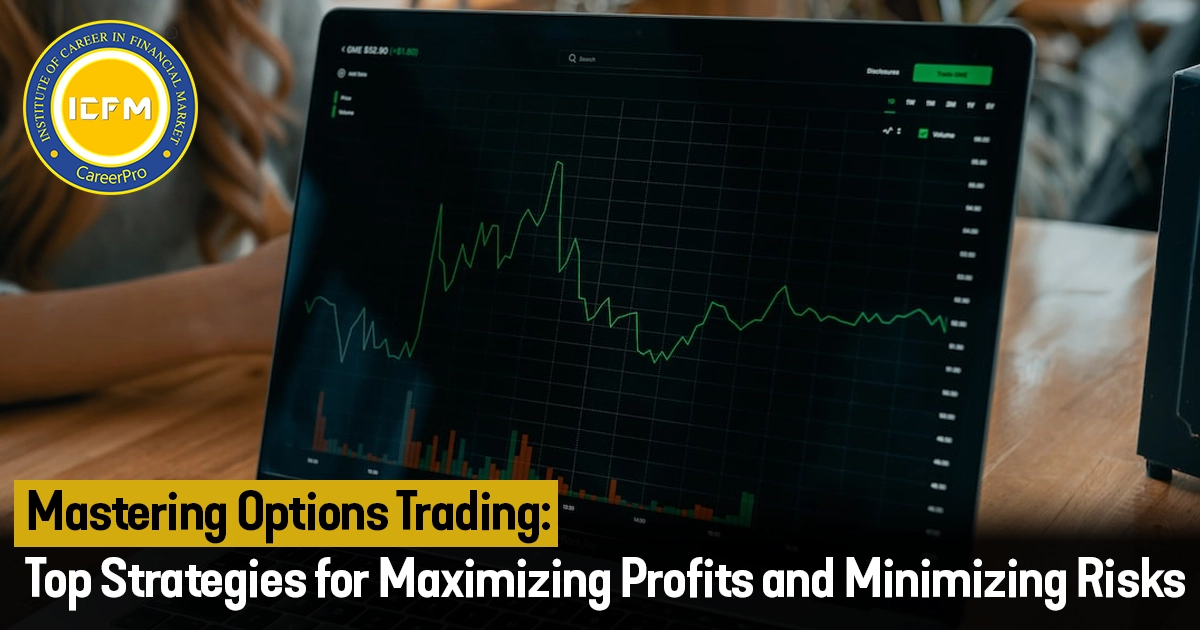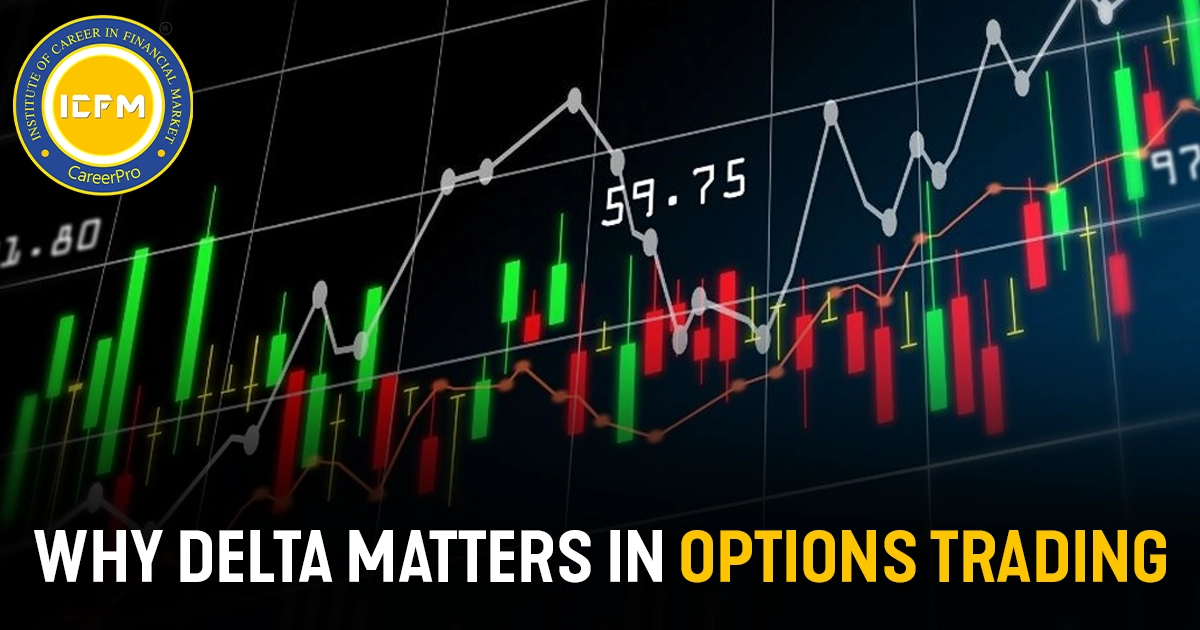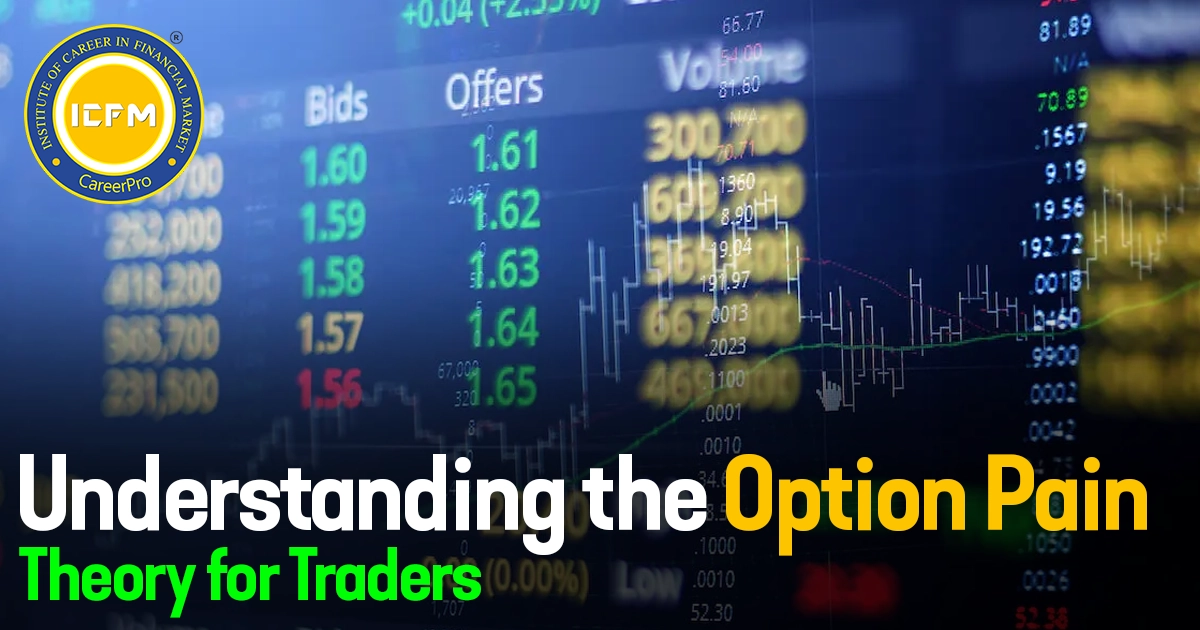Understanding Long Build-up and Short Build-up in Trading
In the derivatives and options trading world, two of the most crucial indicators are Long Build-up and Short Build-up. These two indicators help traders figure out the market sentiment and make smart decisions. These terms can be understood by a trader to enhance their ability to gauge the market direction, determine momentum, and identify potential entry and exit points in trades.
1. What is Long Build-up?
Long Build-up is a condition where the price of a security or index goes up as the open interest also goes up. Normally, this indicates that the traders are taking fresh long positions and are looking forward to an increase in price. In options and futures, Long Build-up is considered as an indication that the market is positive or bullish.
Important Indicators of Long Build-up:
- Price Advance: This is where the price moves upward, signifying buying interest.
- Increasing OI: The more contracts are added, the more there are newcomers in the marketplace or existing traders adding to their positions.
This would mean that the bulls are getting stronger, so more people think that the price is going to increase, hence greater buying pressure. It is a signal for a short-term trader to get into the asset.
Example of Long Build-up:
Suppose the Nifty 50 index has a price rise from 18,000 to 18,200, coupled with an open interest of 10% rise as well. That is a Long Build-up which says the index should stay bullish.
2. What is Short Build-up?
Short Build-up is the reverse of Long Build-up. It is characterized by an uptrend in the security or index price accompanied by open interest. A short build-up is an indicator where the traders are starting a new short position based on the assumption that the prices would fall further. On average, it expresses the bearish sentiment in the market.
Key Indicators of Short Build-up:
Price Decline: A declining price line shows there is selling pressure.
Reversing Trend: An OI that is on an upswing but is down in price shows new sellers may have entered the market or short traders are lifting their positions.
A Short Build-up shows that the bearish sentiment is on the rise. The more traders place bets on a downward trend, the more the market may fall. Short-term traders will look at this as an opportunity to short-sell the asset or avoid going long on it.
Example of Short Build-up:
Suppose that the stock, trading at ₹500, had dropped to ₹480 with the open interest rising by 15%. It is then an example of a Short Build-up, showing bearish expectations regarding the prices of the stock from the traders.
How to Apply Long and Short Build-ups in Trading
The most important technical analysis tools for the trader are the long and short build-ups when combined with other indicators like the support and resistance levels, RSI, and moving averages. Here is how they may be applied to the chart by a trader:
1. Determination of Trend Direction and Momentum
Long Build-up signifies positive momentum and can also mean the trend continues higher.
Short Build-up reflects negative momentum, implying a continuing price decline.
2. Confirmation of Levels of Support and Resistance
A Long Build-up near a support level implies that the reversal point could be strong, which serves to confirm support.
A Short Build-up close to a resistance level will imply that the price has the potential to reverse to the downside, hence conferring resistance.
3. Entry and Exit Points
- Entry: In a bullish market, the trader can look for Long Build-ups as an entry signal, while in a bearish market, Short Build-ups.
- Exit: A weakening or reversing build-up trend is an exit signal that makes traders exit or hedge their positions to lock in the profits or limit the losses.
4. Risk Management
In the volatile markets, build-ups shall help determine the stop-loss and target levels by the underlying market sentiment.
Differences between Long and Short Build-up
|
Aspect |
Long Build-up |
Short Build-up |
|
Price Movement |
Upward |
Downward |
|
Open Interest |
Increases |
Increases |
|
Market Sentiment |
Bullish |
Bearish |
|
Indicates |
Positive Momentum, Buyers Active |
Negative Momentum, Sellers Active |
|
Potential Action |
Buy / Go Long |
Sell / Go Short |
Conclusion
For both day traders and swing traders, Long Build-up as well as Short Build-up remains a highly essential indicator, which one may capitalize at the trend in the marketplace. Even though this kind of indicator presents a well-grounded base to recognize the market's sentiment it is more productive when in use with other analytical equipment.









